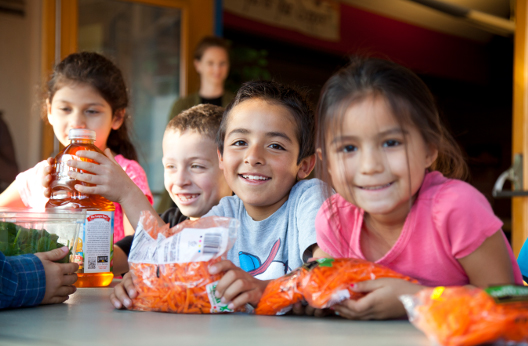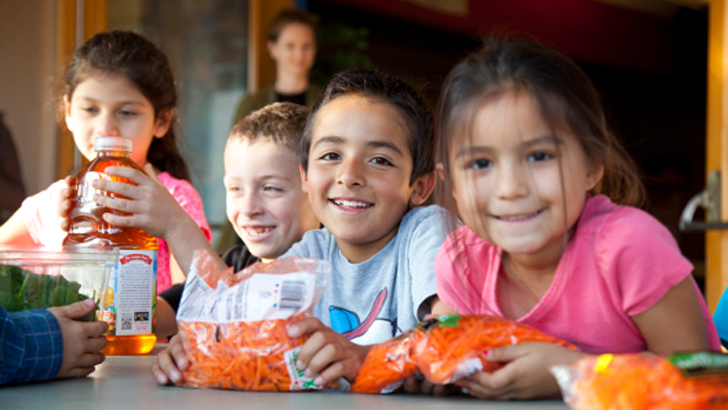Local Food Banks See Decline In Their Bread And Butter
Demand Rises As Donations Drop


Roadrunner Food Bank
Latest Article|September 3, 2020|Free
::Making Grown Men Cry Since 1992


Roadrunner Food Bank
